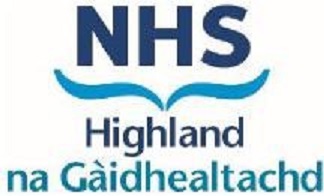Late stage upper limb lymphoedema
Lymphoedema home page: Diagnosis, Treatment and Care (Guidelines)

These pathways and guidelines are designed to support the diagnosis, investigation and management of people with lymphoedema and chronic oedema.
Lymphoedema is swelling primarily due to lymphatic insufficiency. This may be an inherited or congenital primary lymphoedema, or an acquired lymphoedema that is secondary to cancer treatment, or non-cancer causes including surgery and infection.
Some individuals develop chronic swelling that starts with a non-lymphatic cause. Several factors may contribute to a sustained increase in interstitial fluid, overwhelming and compromising the lymphatic system, often leading to lymphoedema, and delayed wound healing.
- Management of patient with Lower Limb Swelling
- Management of patient with Upper Limb Swelling
- Cellulitis in patients with Lymphoedema
- Recurrent Cellulitis
- Compression Hosiery formulary
- Lymphoedema Service including FAQs
- The Lymphoedema Support Network - Provides information and support to those living with or affected by lymphoedema/chronic oedema
- Maggies - Contains local and national information and resources about lymph and lymphoedema
- MLDUK - Promotes public awareness of Manual Lymphatic Drainage (MLD) from the point of view of both the patient & potential practitioners
- NHS inform - Lymphoedema
- Legs matter
These pathways and clinical guidelines were developed by a collaborative process involving NHS Highland professionals from vascular services, dermatology, oncology, pharmacy and microbiology; along with people living with lymphoedema. This was undertaken as part of the Highland Lymphoedema Project, between 2012 and 2014. Comments are welcome.
Patient information can be accesed here.
